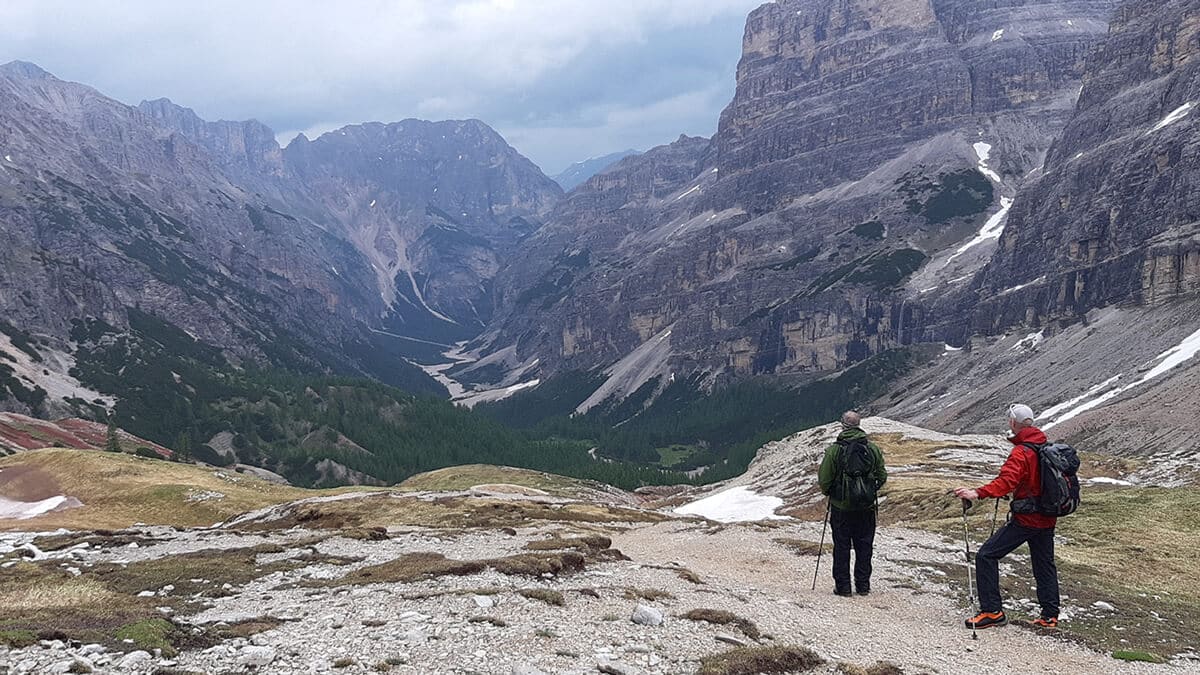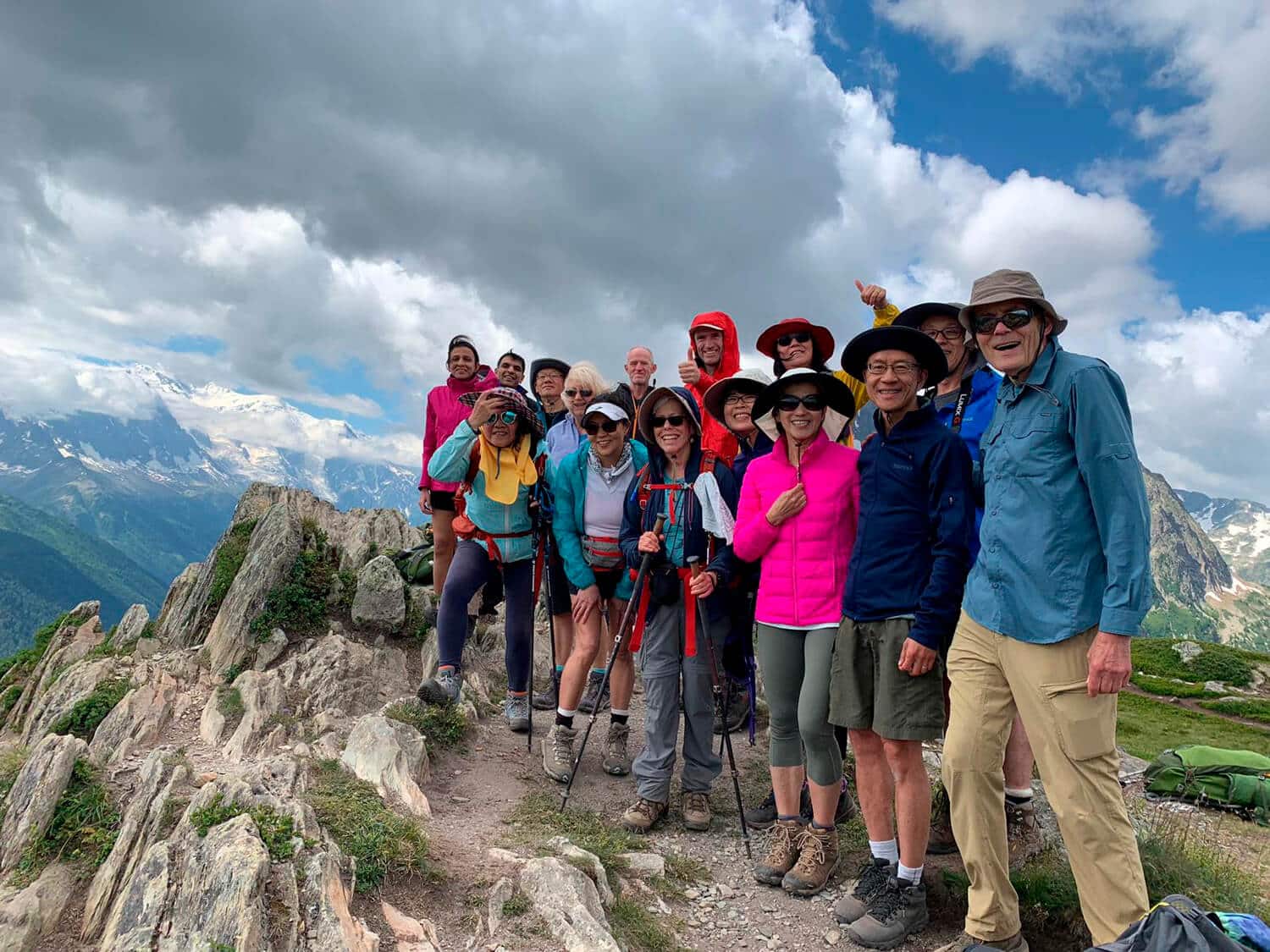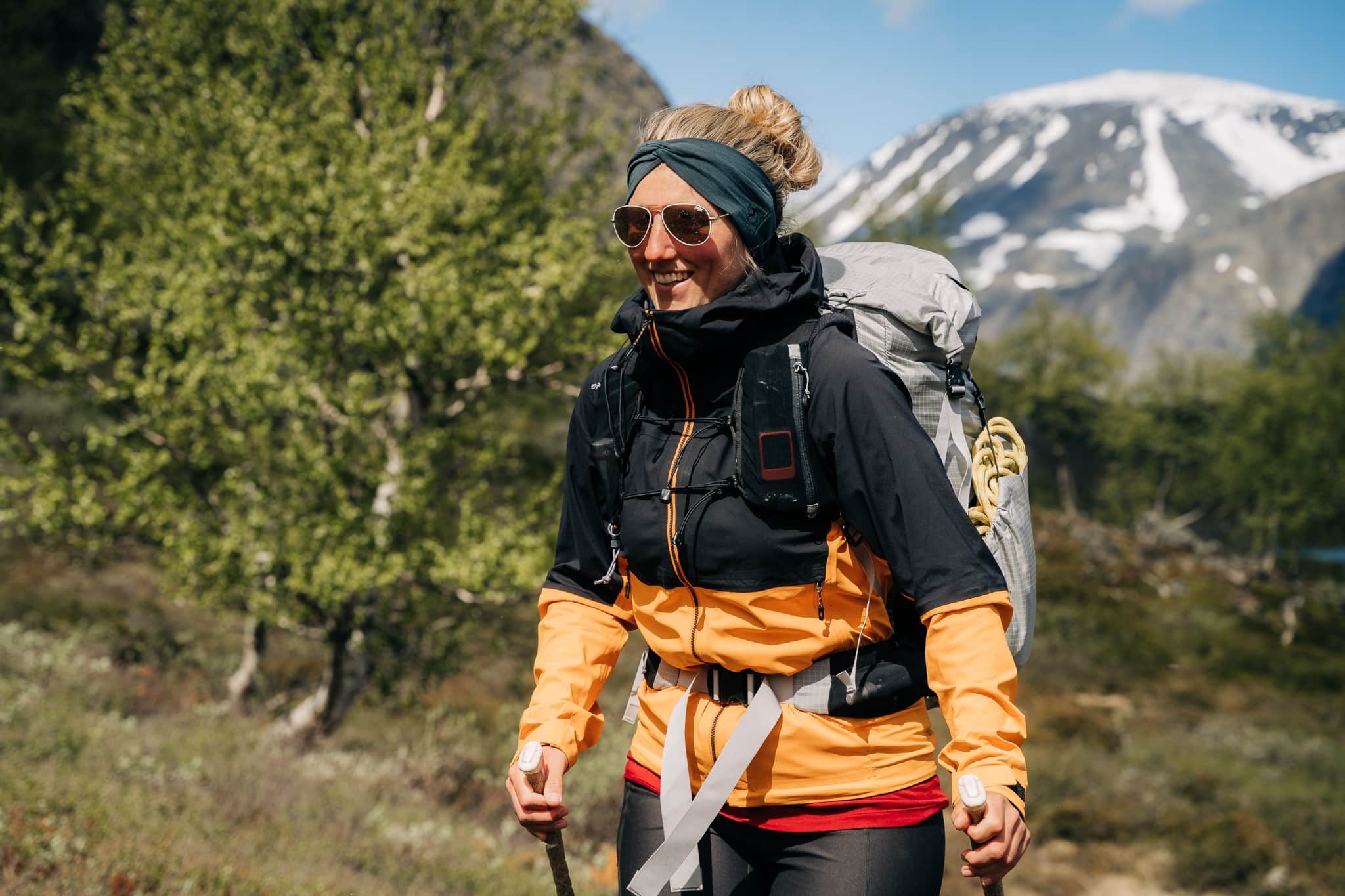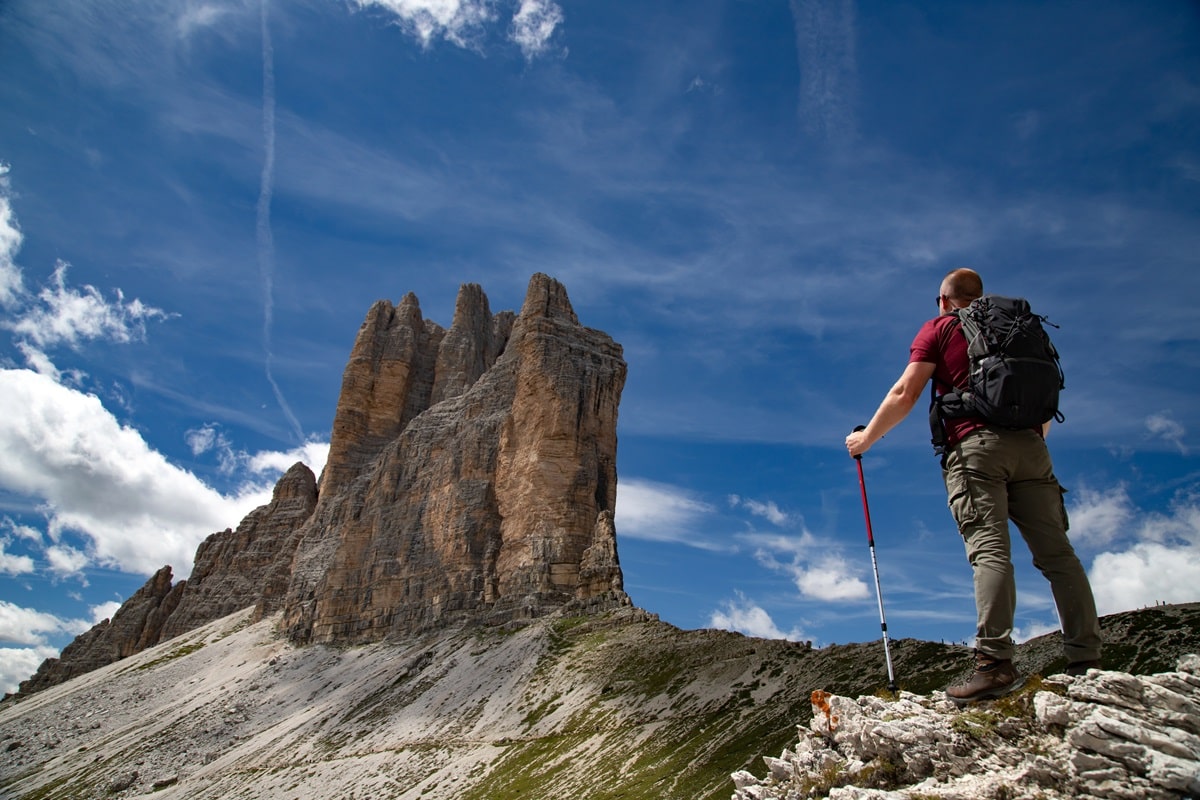What Are the Primary Causes of Glacial Changes in the European Alps?
The primary causes of glacial changes in the European Alps are closely linked to global warming and climate change. Rising temperatures, changes in precipitation patterns, and increased frequency of heatwaves have significantly impacted the glaciers. The accumulation of greenhouse gases in the atmosphere has led to a warming effect, which accelerates the melting of glaciers.
How Have Temperature Variations Historically Affected Alpine Glaciers?
Historically, temperature variations have played a crucial role in the advance and retreat of Alpine glaciers. During the Little Ice Age, which lasted from the 14th to the mid-19th century, cooler temperatures led to the expansion of glaciers. However, since the end of the Little Ice Age, there has been a general trend of warming, leading to significant glacial retreat. Notable periods of glacier advance occurred in the 1920s and the 1960s, but these were temporary and followed by continued retreat.
In What Ways Do Glaciers Serve as Indicators of Broader Climate Change Impacts?
Glaciers are sensitive indicators of broader climate change impacts. Their mass balance, which is the difference between snow accumulation and ice/snow melt, directly reflects changes in atmospheric conditions. As glaciers melt, they provide tangible evidence of rising temperatures and changing precipitation patterns. The retreat of glaciers also affects water resources, ecosystems, and human activities, making them critical markers for understanding the broader impacts of climate change.
Why Is the European Alps Region Particularly Significant for Climate Scientists?
The European Alps region is particularly significant for climate scientists due to its unique geographical and climatic conditions. The Alps contain a high concentration of glaciers, making them an ideal location for studying glacial dynamics and climate interactions. The region has experienced rapid changes since the industrial era, providing valuable data on the effects of anthropogenic climate change. Additionally, the Alps’ role in water resources, hydropower, and tourism underscores the importance of understanding and mitigating the impacts of glacial changes in this area.
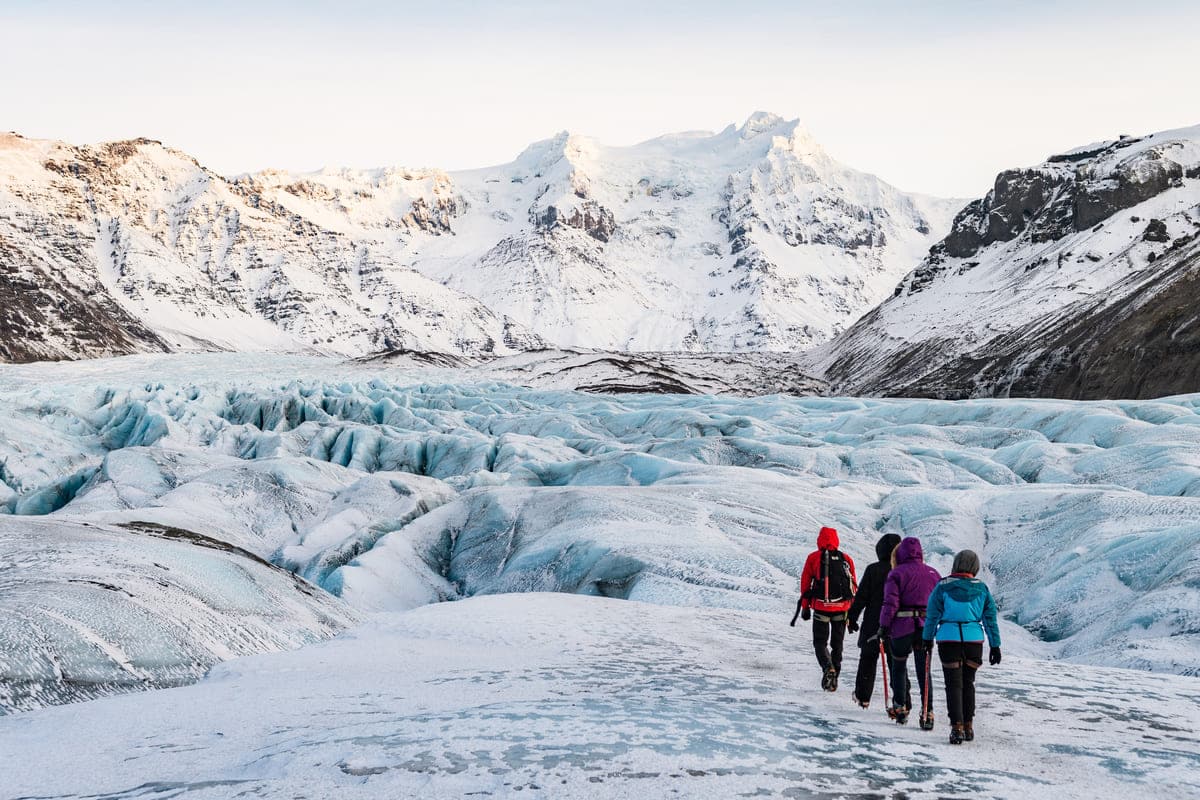
Historical Context of Alpine Glaciers
How Did the Little Ice Age Influence Alpine Glaciers?
The Little Ice Age, spanning roughly from the 14th to the mid-19th century, had a profound impact on Alpine glaciers. During this period, cooler temperatures led to the expansion of glaciers across the European Alps. These glaciers advanced significantly, reaching their maximum extents in the mid-19th century. The cooler climate conditions of the Little Ice Age provided a stark contrast to the warming trends observed in the 20th and 21st centuries.
What Evidence Exists of Glacier Advancement and Retreat Over the Past Centuries?
Historical records, scientific studies, and physical evidence all document the patterns of glacier advancement and retreat in the Alps. Notable periods include the post-Little Ice Age retreat starting around 1850, a temporary advance in the 1920s, and a significant retreat from the 1980s onwards. The 1960s saw a brief period of positive mass balance due to shifts in the Atlantic Multidecadal Oscillation (AMO). However, the continuous negative mass balances observed since the 1980s have led to a strong and ongoing retreat of Alpine glaciers.
How Have Human Activities Accelerated Changes in the Alpine Glacial Landscape?
Human activities, particularly the emission of greenhouse gases, have accelerated the retreat of Alpine glaciers. The industrial era brought about increased levels of carbon dioxide and other greenhouse gases in the atmosphere, contributing to global warming. This warming has led to higher temperatures in the Alps, resulting in faster melting rates and reduced glacier mass. The impact of anthropogenic activities is evident in the accelerated retreat observed in recent decades.
What Role Did Pioneers Like Albrecht Penck Play in Understanding Alpine Glaciers?
Pioneers such as Albrecht Penck and Eduard Brckner were instrumental in advancing the scientific understanding of Alpine glaciers. In the late 19th and early 20th centuries, their research laid the groundwork for modern glaciology. Penck’s work on the geomorphology of the Alps and Brckner’s studies on climate variability and glacier fluctuations provided valuable insights into the behaviour of glaciers and their response to climatic changes. Their contributions have been crucial in shaping contemporary glacier studies and understanding the historical context of glacial changes in the European Alps.
Current Observations and Data
What Recent Trends Have Been Observed in the Melting Rates of Alpine Glaciers?
Recent observations indicate a significant acceleration in the melting rates of Alpine glaciers. Since the 1980s, there has been a continuous negative mass balance, meaning that the glaciers are losing more ice than they are gaining. This trend has been exacerbated by rising temperatures and increased frequency of heatwaves. For instance, the summer of 2022 was particularly harsh, contributing to one of the worst years for Alpine glaciers in recorded history.
How Do Current Glacier Volumes Compare to Historical Data?
When comparing current glacier volumes to historical data, the decline is stark. Since the mid-19th century, Alpine glaciers have lost approximately 30-40% of their surface area. The total surface area of Alpine glaciers was recorded at 2,056 km in 2003, a significant reduction from previous decades. This loss is not just in surface area but also in volume, with smaller glaciers adapting more quickly to climate changes and thus retreating faster.
What Technological Advancements Aid in the Monitoring of Glacial Changes?
Technological advancements have greatly enhanced the ability to monitor glacial changes. Satellite imagery, remote sensing, and ground-based observations provide detailed data on glacier mass balance, flow rates, and surface energy balance. Innovations such as drones and high-resolution imaging allow for precise measurements of glacier retreat and the formation of new glacial lakes. These technologies are crucial for understanding the dynamics of glacier changes and predicting future trends.
How Does the 2022 Summer Rank in Terms of Impact on Alpine Glaciers?
The summer of 2022 stands out as one of the most impactful on Alpine glaciers. It was marked by extreme heatwaves and the presence of Saharan dust, which accelerated the melting process. Swiss glaciers, for example, experienced a 6.2% ice loss during this period. The combination of high temperatures and dust deposition reduced the albedo effect, causing glaciers to absorb more heat and melt faster. This summer’s conditions have highlighted the vulnerability of Alpine glaciers to climate extremes and the urgent need for effective adaptation strategies.
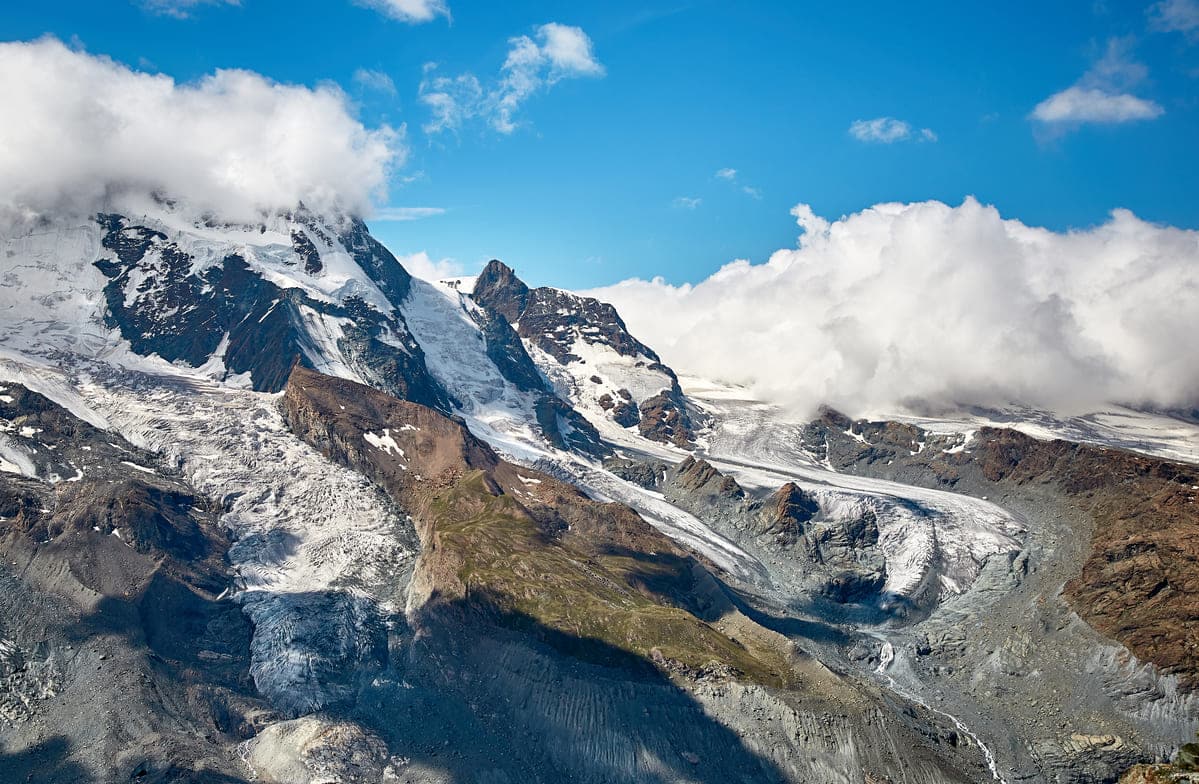
Future Projections and Models
What Do Current Models Predict for the Future of Alpine Glaciers?
Current models paint a rather bleak picture for the future of Alpine glaciers. If global warming trends continue at their current pace, it is predicted that up to 92% of Alpine glaciers could disappear by the end of the 21st century. These models take into account various factors such as temperature rise, precipitation changes, and the frequency of heatwaves. The continuous negative mass balance observed since the 1980s suggests that glaciers are losing more ice than they are gaining, leading to a steady retreat.
How Might Glacier Retreat Affect Water Availability in the Alps?
The retreat of glaciers has significant implications for water availability in the Alps. Glacial meltwater is a crucial source of freshwater for rivers and lakes, especially during the summer months. As glaciers shrink, the volume of meltwater decreases, leading to potential water shortages. This can affect not only drinking water supplies but also agricultural irrigation and hydropower production. Groundwater reserves, which are replenished by glacial melt, may also face depletion, exacerbating the issue of water scarcity.
What Are the Potential Consequences of Continued Global Warming on Alpine Glaciers?
Continued global warming could lead to several adverse consequences for Alpine glaciers. The most immediate effect is the accelerated melting and retreat of glaciers, which in turn affects the stability of the surrounding terrain. Permafrost thawing, increased rockfalls, and mudslides are likely to become more frequent, posing risks to infrastructure and safety. Additionally, the formation of new glacial lakes due to melting ice can lead to glacial lake outburst floods, which are hazardous to downstream communities.
How Are Scientists Using Data to Inform Policy and Conservation Efforts?
Scientists are leveraging advanced technologies and comprehensive data to inform policy and conservation efforts aimed at mitigating the effects of glacier retreat. Satellite imagery, remote sensing, and ground-based observations provide detailed insights into glacier dynamics. This data is crucial for developing accurate models and projections, which in turn guide policy decisions. Conservation efforts include measures such as cooling blankets to slow down melting, and the implementation of policies to reduce greenhouse gas emissions. By understanding the intricate relationship between climate change and glacier behaviour, scientists can advocate for effective strategies to preserve these vital natural resources.
Environmental and Ecological Impacts
How Does Glacier Retreat Affect Alpine Biodiversity?
The retreat of glaciers in the European Alps has significant implications for biodiversity. As glaciers shrink, they alter the habitats that many species rely on. The cold, stable environments provided by glaciers are essential for certain plants and animals. With the glaciers receding, these species are forced to migrate to higher altitudes or face the risk of extinction. This shift can disrupt the delicate balance of Alpine ecosystems, leading to a loss of biodiversity.
What Changes Are Occurring in Alpine Ecosystems as a Result of Glacial Melting?
Glacial melting is causing profound changes in Alpine ecosystems. The formation of new glacial lakes, for instance, creates new aquatic habitats but also poses risks of glacial lake outburst floods. The melting glaciers contribute to changes in river flow patterns, affecting freshwater ecosystems downstream. Additionally, the reduction in glacial mass impacts the seasonal availability of meltwater, which is crucial for maintaining the health of Alpine meadows and forests.
How Are Flora and Fauna Adapting to the Changing Glacial Environment?
Flora and fauna in the Alps are adapting to the changing environment in various ways. Some plant species are migrating to higher altitudes where the conditions are cooler and more suitable for their growth. Similarly, animal species such as the Alpine ibex and marmots are moving to higher elevations to find suitable habitats. However, not all species can adapt quickly enough, leading to a decline in populations of those that are less mobile or have specific habitat requirements.
What Is the Significance of New Glacial Lakes Formed by Melting Glaciers?
The formation of new glacial lakes is a direct consequence of melting glaciers. These lakes can have both positive and negative impacts. On the positive side, they create new habitats for aquatic species and can become tourist attractions. On the negative side, they pose a risk of glacial lake outburst floods, which can cause significant damage to downstream communities and ecosystems. The increasing number of glacial lakes since the 1850s highlights the dynamic and rapidly changing nature of the Alpine environment.
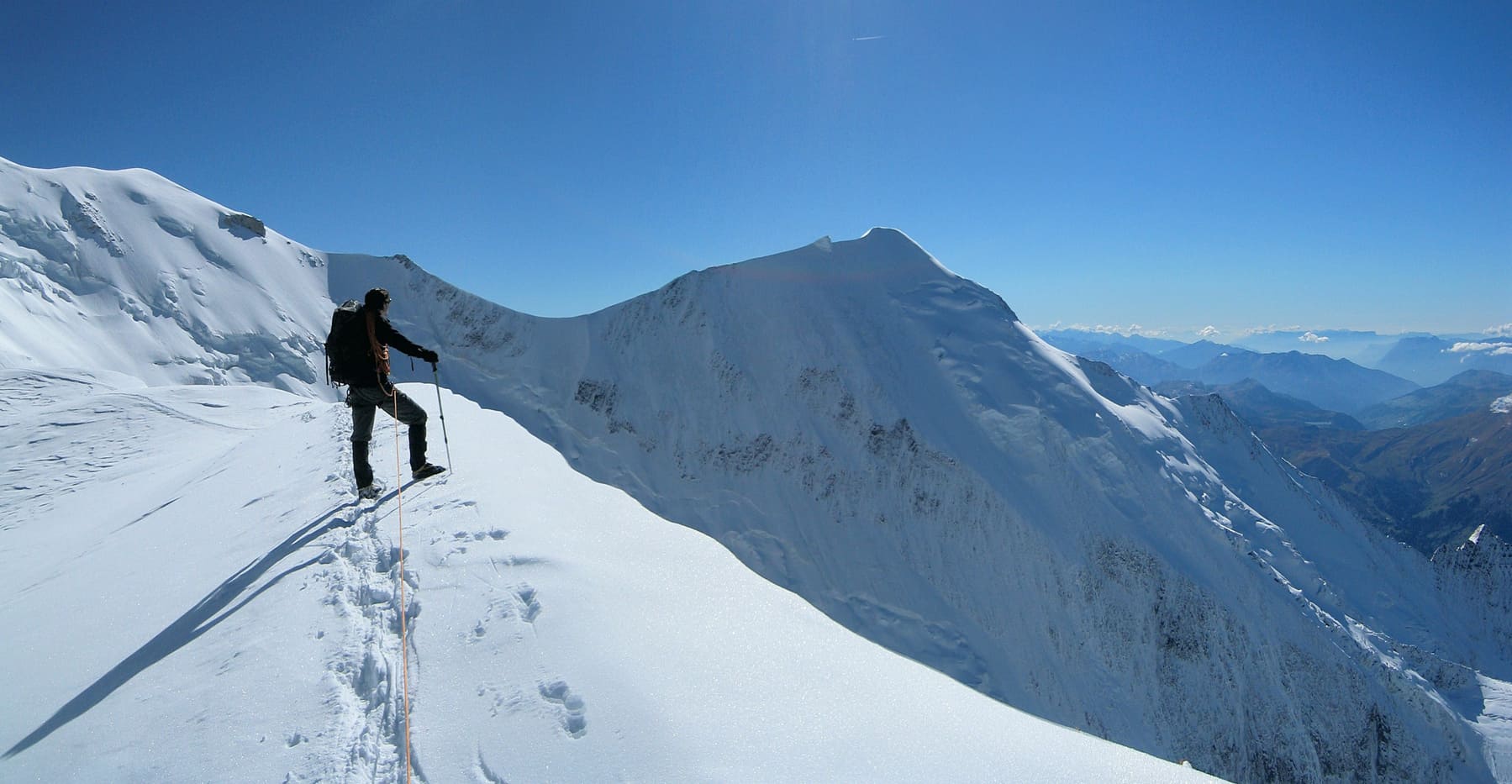
Economic and Social Consequences
How Does Glacier Retreat Impact Alpine Communities and Economies?
The retreat of glaciers in the European Alps has far-reaching effects on local communities and economies. As glaciers shrink, the availability of meltwater decreases, impacting water resources that are vital for both domestic use and agriculture. This reduction in water supply can lead to groundwater shortages and summer droughts, posing significant challenges for farmers and residents alike. Additionally, the loss of glaciers affects the natural beauty of the region, which is a major draw for tourists. The decline in glacier tourism can have a ripple effect on local businesses, from hotels and restaurants to outdoor adventure companies.
What Are the Implications for Tourism and Outdoor Sports in the Alps?
Tourism and outdoor sports are integral to the Alpine economy, and glacier retreat poses a direct threat to these activities. Ski resorts, which rely on consistent snow cover, are particularly vulnerable. As glaciers recede, the ski season shortens, and some lower-altitude resorts may struggle to remain viable. Trekking and mountaineering routes that once traversed glacial landscapes are also affected, requiring rerouting and additional safety measures. The changing landscape can alter the appeal of these activities, potentially reducing the number of visitors and impacting the local economy.
How Are Hydropower Production and Agricultural Practices Affected?
Hydropower production in the Alps is heavily dependent on glacial meltwater. As glaciers retreat, the flow of meltwater diminishes, reducing the capacity for hydropower generation. This can lead to increased reliance on other energy sources, potentially raising costs and affecting energy security. Agricultural practices are also impacted by the changing water availability. Farmers may face challenges in irrigating crops, leading to reduced yields and economic losses. The shift in water resources necessitates adaptation in both energy and agricultural sectors to mitigate the effects of glacier retreat.
What Adaptation Strategies Are Being Employed by Local Governments and Businesses?
Local governments and businesses are implementing various adaptation strategies to address the challenges posed by glacier retreat. In the tourism sector, efforts include diversifying attractions beyond glacier-based activities, such as promoting cultural heritage and developing year-round tourism options. Ski resorts are investing in snow-making technologies to extend the ski season. In agriculture, farmers are exploring more water-efficient practices and alternative crops that require less irrigation. Hydropower companies are investing in infrastructure to optimise water storage and distribution. These strategies aim to build resilience and ensure the sustainability of local economies in the face of ongoing glacial changes.
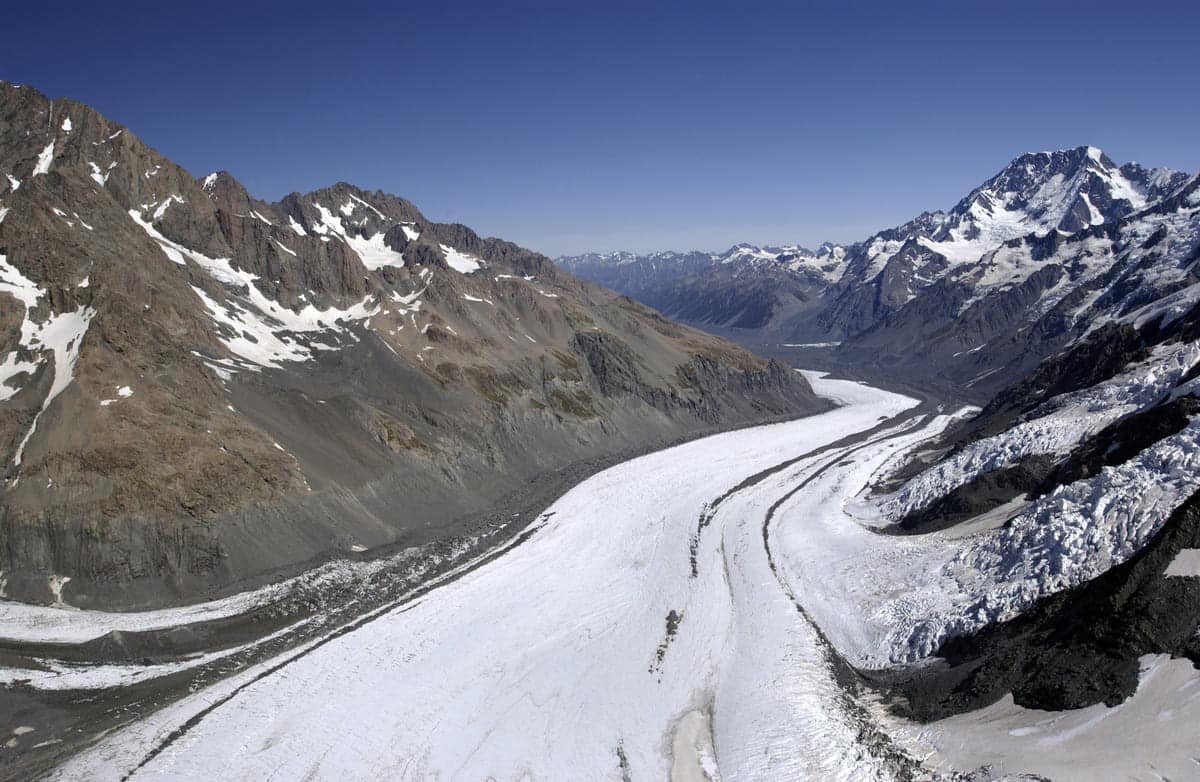
Mitigation and Adaptation Strategies
What Measures Can Be Taken to Mitigate the Effects of Global Warming on Alpine Glaciers?
Mitigating the effects of global warming on Alpine glaciers involves a combination of local and global efforts. One approach is the use of cooling blankets, which are laid over glacier surfaces to reflect sunlight and reduce melting during the summer months. Additionally, reducing greenhouse gas emissions on a global scale is crucial. This can be achieved through international agreements and policies aimed at cutting carbon emissions and promoting renewable energy sources.
How Are International and Local Policies Addressing Glacier Retreat?
International and local policies play a significant role in addressing glacier retreat. Agreements such as the Paris Agreement aim to limit global temperature rise, which directly impacts glacier health. Locally, governments in Alpine regions are implementing policies to reduce carbon footprints and promote sustainable practices. These policies include incentives for renewable energy, stricter regulations on emissions, and initiatives to protect natural habitats.
What Role Do Conservation Efforts Play in Preserving the Alpine Glacial Environment?
Conservation efforts are vital in preserving the Alpine glacial environment. Organisations and research institutions are actively involved in monitoring glacier changes and implementing conservation strategies. Efforts include reforestation projects to enhance carbon sequestration, protecting existing natural reserves, and promoting biodiversity. Conservationists also work on raising public awareness about the importance of glaciers and the need for sustainable practices to protect these critical ecosystems.
How Can Individuals Contribute to Reducing the Impact of Climate Change on Glaciers?
Individuals can make a difference by adopting more sustainable lifestyles. Simple actions such as reducing energy consumption, using public transportation, and supporting renewable energy initiatives can collectively have a significant impact. Additionally, participating in local conservation projects and staying informed about climate change issues can help build a community of environmentally conscious individuals. By making mindful choices, you can contribute to the global effort to mitigate the effects of climate change on Alpine glaciers.
Final Thoughts or Conclusion
What Is the Overall Significance of Understanding Glacier Changes in the European Alps?
Understanding glacier changes in the European Alps is crucial for several reasons. Glaciers are sensitive indicators of climate change, reflecting broader environmental shifts. Their retreat provides tangible evidence of global warming, making it easier to grasp the urgency of the issue. By studying these changes, scientists can better predict future climate patterns and their potential impacts on both natural and human systems.
How Does the Health of Alpine Glaciers Reflect Broader Environmental Challenges?
The health of Alpine glaciers mirrors broader environmental challenges. As glaciers shrink, they highlight the interconnectedness of climate systems. The loss of glacial mass affects water resources, biodiversity, and even local economies. This interconnectedness underscores the need for comprehensive climate action, as changes in one area can have cascading effects elsewhere. The retreat of glaciers serves as a stark reminder of the broader impacts of human activities on the environment.
What Lessons Can Be Learned from the Alpine Region for Global Climate Change Mitigation?
The Alpine region offers valuable lessons for global climate change mitigation. The rapid retreat of its glaciers demonstrates the immediate effects of rising temperatures, emphasising the need for swift and decisive action. Adaptation strategies employed in the Alps, such as the use of cooling blankets and the development of alternative tourism activities, provide practical examples of how communities can respond to climate challenges. These lessons can inform global efforts to mitigate climate change and adapt to its impacts.
Why Is Continued Research and Public Awareness Crucial for the Future of Alpine Glaciers?
Continued research and public awareness are vital for the future of Alpine glaciers. Ongoing scientific studies help track changes in glacier mass, flow, and meltwater contributions, providing essential data for modelling and prediction. Public awareness campaigns can mobilise support for conservation efforts and policy changes. By staying informed and engaged, individuals and communities can contribute to the preservation of these critical natural resources, ensuring that future generations can appreciate the beauty and importance of Alpine glaciers.
